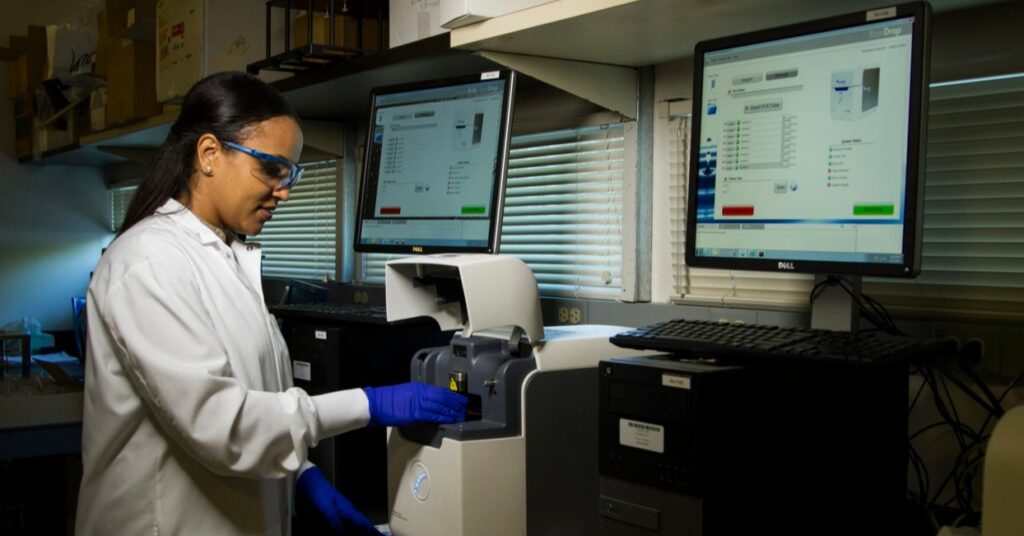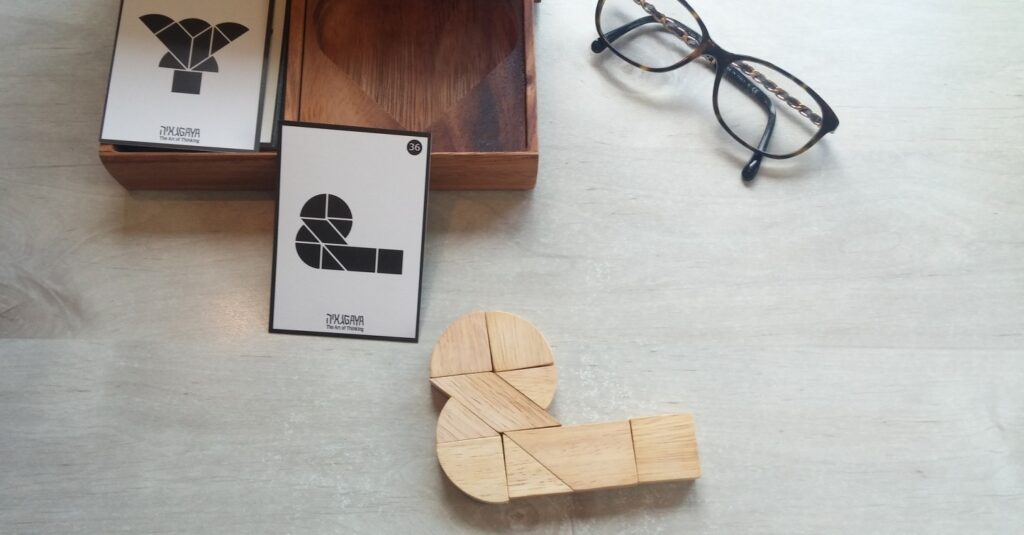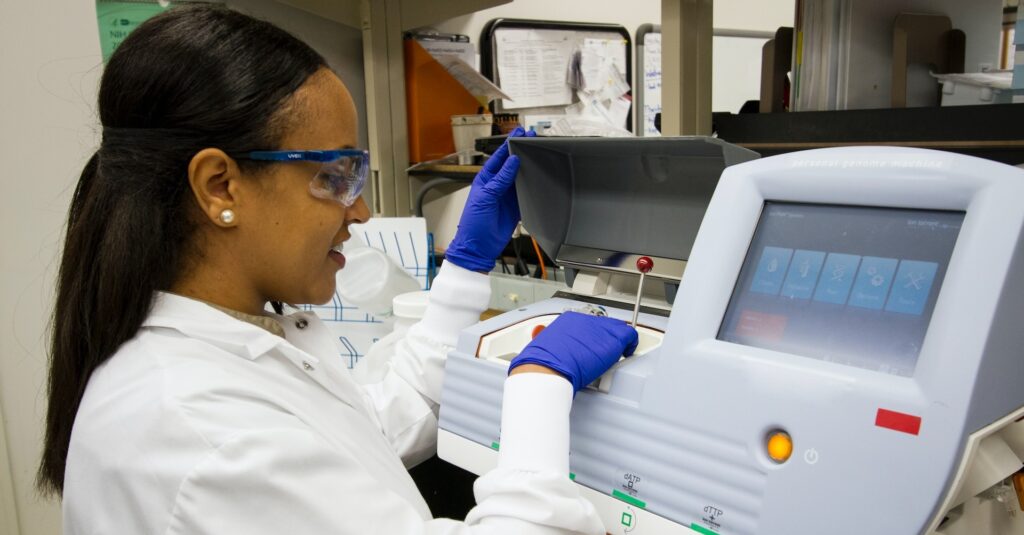
What Is the Epidemiological Triangle?
The epidemiological triad or triangle is an organized methodology used [...]

Evolutionary biologist Richard Dawkins introduced the term meme in his 1976 book The Selfish Gene. According to Dawkeins, a meme is “an idea, behavior or style that spreads from person to person within a culture.”
With the advent of the internet, memes evolved into the goofy, catchy graphics we create, see, and share today. Much like other biological or viral phenomena, memes replicate and spread culturally. Social media platforms, which support their visual qualities, appear to provide their most fertile breeding ground.
Every interest and profession has its own collection of memes. That means there are, of course, occupational therapy memes; we present some of the best here while also discussing:
In a recent The New York Times article, meme creator Saint Hoax observes that “Memes are basically editorial cartoons for the internet age.” Memes’ capacity “to capture insight in a way that is in complete alignment with the zeitgeist” and the ease with which they can be shared are what facilitate viral-ness; what elevates a meme is “its transmissibility and unique knack for being cross-cultural.”
Memes’ viral nature is what gives them cultural significance; a successful meme can reach and influence millions of people in a matter of minutes. No traditional editorial cartoon can match that reach—unless it’s been turned into a meme, that is.
Effective memes are memorable, funny, and highly relatable. They usually feature an easily recognized person or character or a well-known quote or phrase that translates effortlessly across shared cultural knowledge. They are perfectly evolved for the digital world and can continue to mutate in distinct ways to fit new purposes and audiences, while still holding humor and cultural significance for new readers.
Memes are shorthand forms of communication, easily passed in circles of people who recognize the references and understand the joke. Memes create a sense of shared community and culture, and while they are typically used socially, they can also be used professionally in marketing and advertising to create a sense of a brand’s target audience.
Memes also are used in professional circles to share common work experiences, including stress, success and failure, and inside-industry humor that supports and entertains people working the same jobs. These funny and relatable visual bites create a larger culture of shared experiences that can help people get through a tough day at work.
Occupational therapy is one of the jobs in the healthcare profession that requires some (quite literally) heavy lifting. It poses plenty of mental challenges as well. Occupational therapists work with clients to repair and improve movement and mobility in their lives through meaningful work—in professional, creative, and leisurely pursuits—to achieve independence.
Therapists are responsible for the safety of their patients in addition to helping them achieve their ADL (activities of daily living) goals, not infrequently working with resistant or reluctant clients. They help clients with fine motor skills, hygiene, mobility, and any other occupational movement to help them recover from an injury or otherwise support independent living.
For some moral support and connection with others experiencing the same kind of challenges, OT humor can be found through a Google search or shared on blogs, Facebook pages, or Pinterest boards.
There are thousands of OT memes to be found, each providing a supportive wink and nod to the profession and the unique, exasperating, and funny experiences practitioners face on the job.

Some of these occupational therapy memes help illustrate the physical and mental stress those in the profession experience as a group. They also can address industry-specific irritants, like providing some clarification about the differences between occupational and physical therapists, something even their own patients sometimes can’t quite figure out.

With so much weight and responsibility attached to the job, there is plenty of room for connection and humor in OT. Some OTs and those who love them use all of April—occupational therapy month—to share memes, common challenges and complaints of the job, and occupational therapy quotes to help share the struggle and common goals. It’s a great time to find your “I Put the Fun in Functional” t-shirt and stickers for your water bottle that say “I’m silently analyzing your gait.”
In addition to clarifying what occupational therapists do, these memes are also used to help lighten the load of a serious and physically demanding profession. Occupational therapy humor allows for self-care and a critical laugh break.
Taken as a whole, occupational therapy memes seem to communicate a real sense of community in the profession. The stressors may be challenging, but they cement a unique bond and understanding among practitioners.
A master’s in occupational therapy (MOT or MSOT) is a necessary step toward working as a licenced practitioner in OT. While occupational therapy assistants (OTAs and PTAs) can begin work with an associate’s or bachelor’s degree, you’ll need to be a master’s grad to practice on your own.
To protect the public from unqualified practitioners, occupational therapy is regulated in each state (as well as in the District of Columbia, Puerto Rico, and Guam) by the Accreditation Council for Occupational Therapy Education (ACOTE). To earn licensure, you must have your master’s degree and pass the National Board of Certification in Occupational Therapy (NBCOT) examination. Each state dictates its own licensing requirements, so be sure to reach out to your state’s occupational therapy regulatory agency.
Typically, it will take two years to complete your MOT, but you’ll find a lot of flexibility in choosing a path of study. Many schools offer full and part-time programs in on-campus, online, and hybrid/flex formats.
Most programs want to see a bachelor’s degree in occupational therapy (some will allow a degree in a related field), transcripts reflecting a minimum GPA of 3.0, three letters of recommendation from academic or clinical supervisors, and a letter of intent reflecting a commitment to healthcare and demonstrating graduate-level writing skills. As with many master’s degree programs in healthcare, admissions offices look for fieldwork and real-world experience; make sure you include all relevant work experience.
The Occupational Therapy Centralized Application Service (OTCAS) allows students to apply to any participating OT schools with a single application, simplifying, organizing, and streamlining the process.
No two master’s programs in any discipline will be identical; each depends on the strengths of the individual school offering the degree. Many elements remain constant, however. OT master’s students can expect to study foundational courses in human anatomy, theoretical bases for the scope of practice, human development across a lifespan, and the foundations and history of occupational therapy.
Work beyond this involves research methods; orthopedic, neurological, mental health and pediatric evaluation and intervention; and fieldwork to put theory into practice with therapy activities and rehabilitation work with patients.
Program specifics might look like the University of Pittsburgh‘s MS in occupational therapy, which divides credits into three terms: Professional Foundations, Assessment/Analysis, and Intervention, with a comprehensive examination requirement at completion.
(Last Updated on February 26, 2024)
Questions or feedback? Email editor@noodle.com

The epidemiological triad or triangle is an organized methodology used [...]

A family nurse practitioner (FNP) provides comprehensive primary health care [...]

FNPs practice in a broad range of health care settings. [...]

Some epidemiologists assist pharmaceutical companies in developing safer medicines. Some [...]

A Bachelor of Science in Nursing (BSN) is a four-year [...]
Categorized as: Occupational & Behavioral Therapy, Nursing & Healthcare